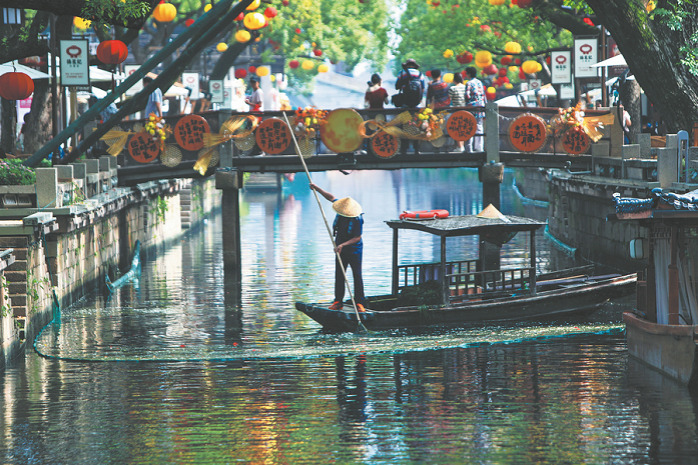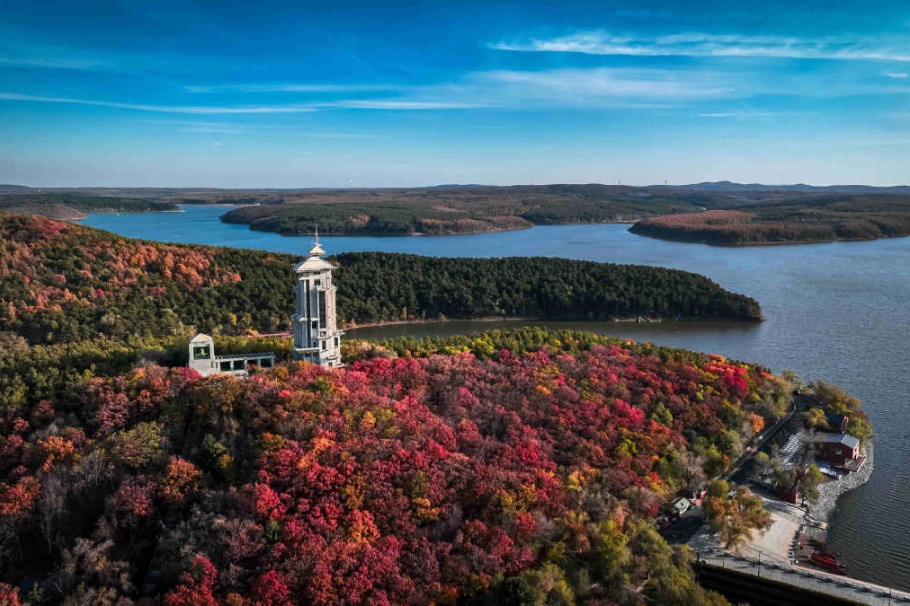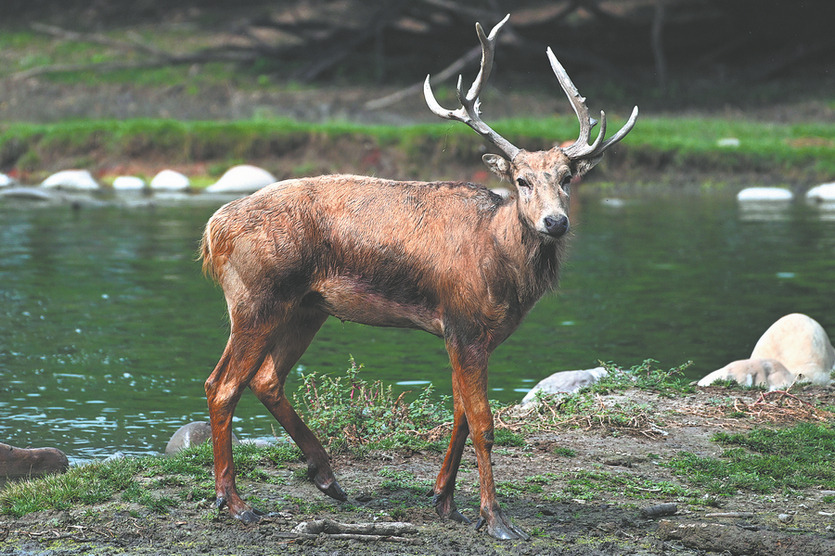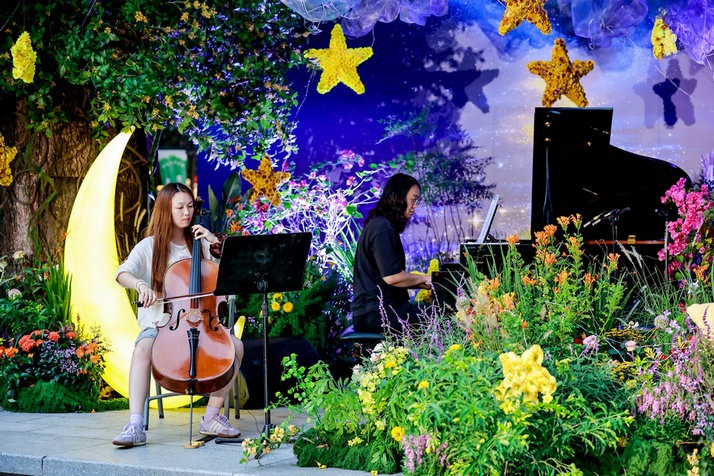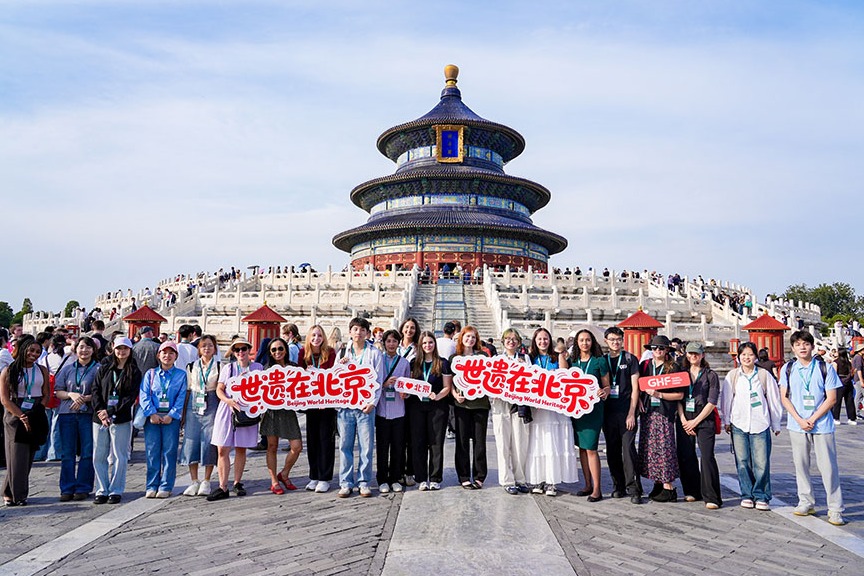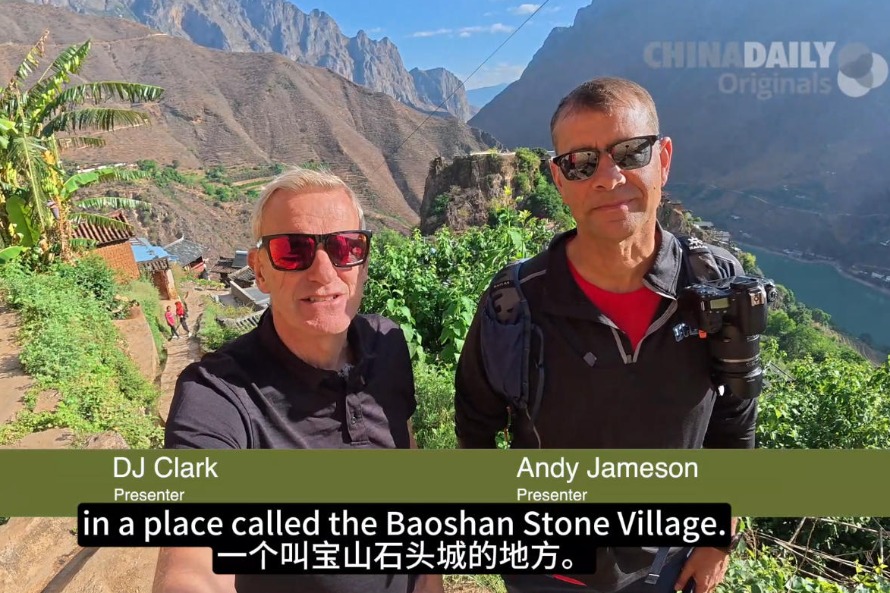Looking for the lost world


Twenty years ago three British explorers climbed a remote plateau in Amazonian Brazil on a quest to discover the geographical inspiration for Sir Arthur Conan Doyle's classic novel, The Lost World.Published in 1912, it is still the definite story of man-meets-dinosaurs. It has spawned at least five movies, a TV series and has been imitated across various media ever since.
Now stuck at home with the COVID-19 pandemic, DJ, now working with China Daily in Hong Kong and myself in the UK, revisit our findings. We discover 20 years on the prevailing opinion that Mount Roraima in Venezuela had been Doyle's inspiration was no longer the case. I had climbed Roraima and found that though it matched the novel's descriptions viewing from a distance, its summit was rain-scoured and desolate. No place for dinosaurs. Most scholars now believe our assertion that the real Lost World was our table-mountain in Brazil, but there is no reference to our expedition or the proof we brought back. It was time to put the record straight.
Our expedition was born from the quote below, written by the English explorer, Colonel Percy Harrison Fawcett in 1908.
Above us towered the Ricardo Franco hills, flat-topped and mysterious, their flanks scarred by deep quebradas. Time and the foot of man had not touched those summits. They stood like a lost world, forested to their tops, and the imagination could picture the last vestiges there of an age long vanished. Isolated from the battle with changing conditions, monsters from the dawn of man's existence might still roam those heights unchallenged, imprisoned and protected by unscalable cliffs.
Fawcett is much better known for never returning from a later expedition to look for a lost city. His descriptions of the Serra Ricardo Franco come from his ascent of the Rio Verde which runs along part of the border between Bolivia and Brazil. The Royal Geographical Society in London sent him there to arbitrate a dispute between the two countries as to where the border actually lay. The area was unexplored. After making it back he claimed to have corresponded with and shown pictures to Conan Doyle, the result of which was the author's dinosaur novel.
That was the story I pitched to the expedition's prospective members in a pub in Lancaster, England in the Spring of 2001. We would go to the Serra Ricardo Franco and show why this mountain, not anywhere else in the world, was the true inspiration for Conan Doyle's adventure.
As with Fawcett, our starting point was Vila Bela, a frontier town on the end of an unpaved highway which might one day lead to Bolivia. We hired a guide, Edevaldo Francisco 'Badu', bought provisions and hired porters to carry our gear on the overland sections of the trip. The town's mayor (also its doctor), Dr André, arranged a jeep for us. He said that no one had been here before to look for the Lost World and that much of our route would be as it had for Fawcett eighty-three years earlier. We set off on July 15, coincidentally the same day as the explorers set-out upriver toward the Lost World in Conan Doyle's novel.
















